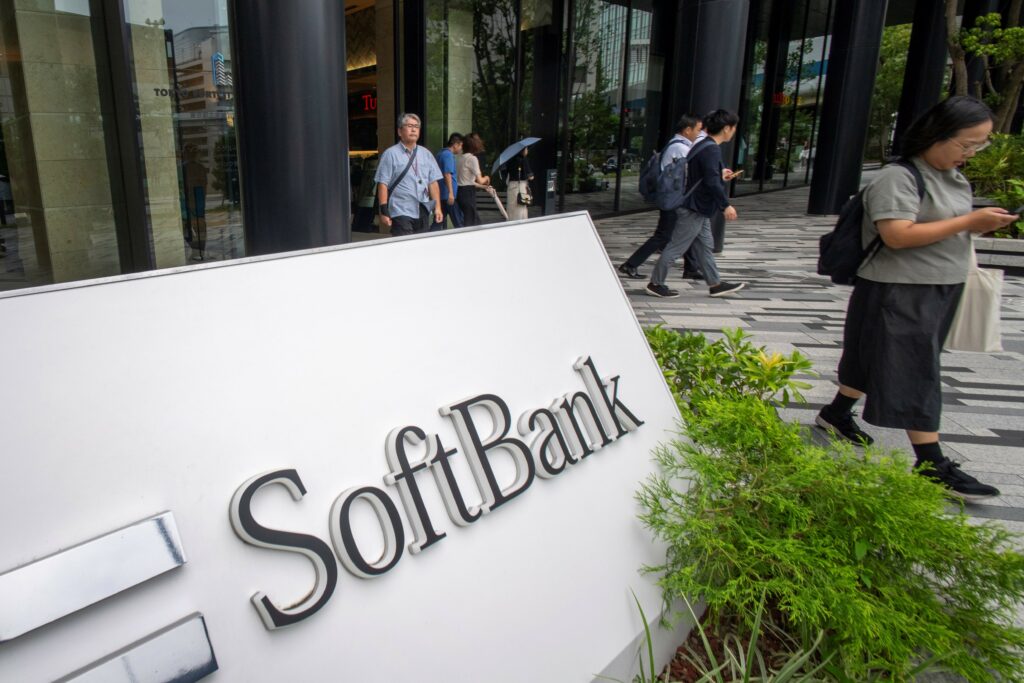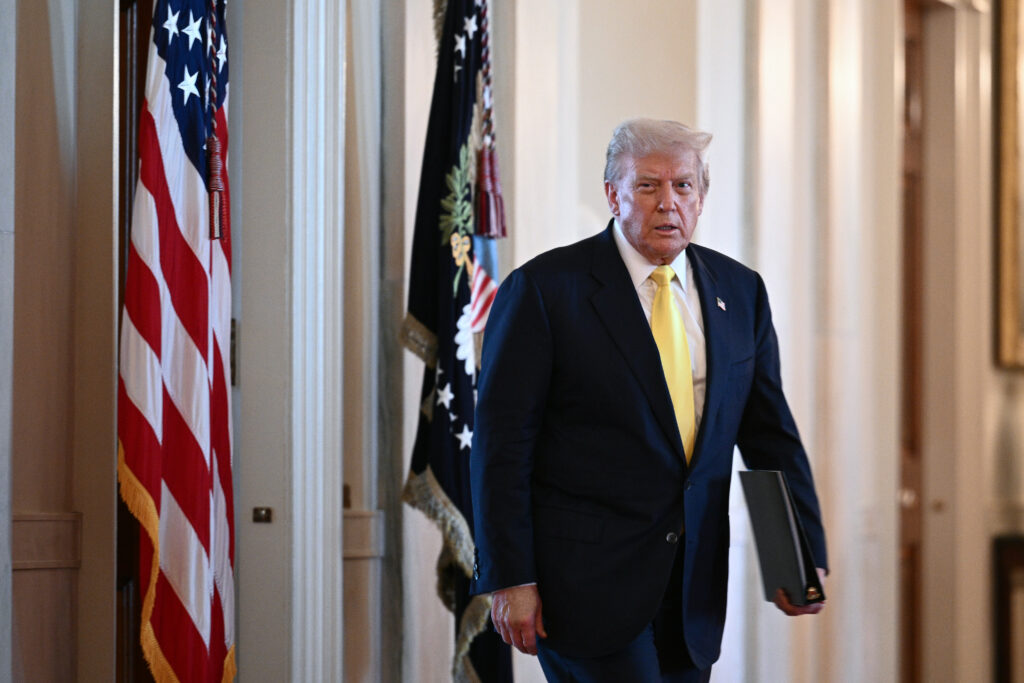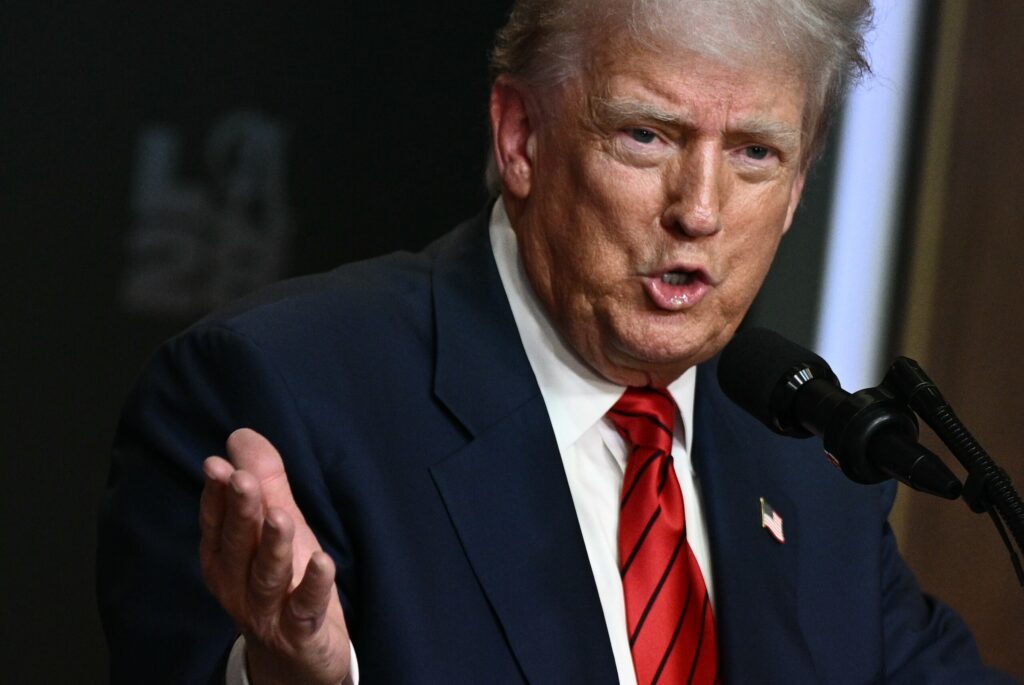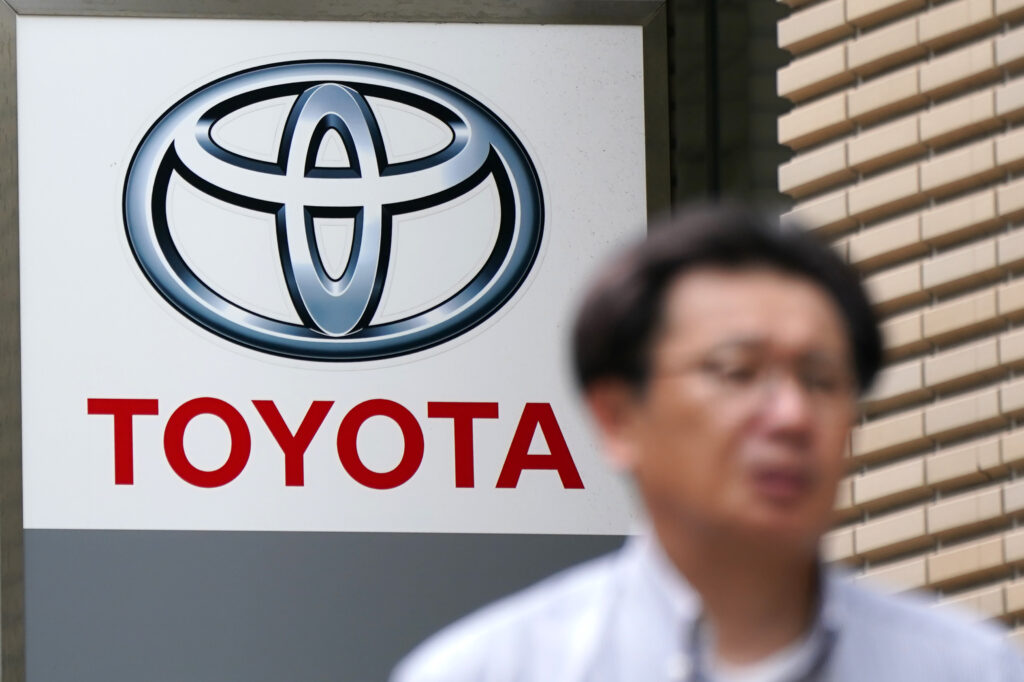Tokyo soars on trade deal relief as Asian markets limp into weekend
Japanese stocks rallied Friday on a mixed day for Asian markets, fuelled by relief that Tokyo and Washington had settled a tariff issue that raised concerns about their trade deal.The news compounded optimism sparked by strong earnings from market heavyweights Sony and Softbank that fanned a rally in the tech sector.Meanwhile, expectations that the Federal Reserve will cut interest rates were boosted by Donald Trump’s nomination of a key economic adviser to the central bank’s policy committee, adding to downward pressure on the dollar.The Nikkei 225 jumped more than two percent after Japan’s tariffs envoy Ryosei Akazawa told reporters that Washington is expected to revise an executive order that stacked tariffs on top of each other.It also lowered vehicle tariffs on Japanese autos, a crucial driver of the world’s number-four economy.Car titan Toyota jumped almost four percent and Nissan more than three percent.Tech investment giant SoftBank rocketed more than 13 percent to a record after posting a quarterly profit thanks to its booming Vision Fund.And Sony piled on more than four percent — extending Thursday’s 4.1 percent gain — after it hiked its annual profit forecasts owing to its gaming business.But while Wellington, Taipei and Jakarta also rose, the rest of Asia struggled, with Hong Kong, Shanghai, Sydney, Seoul, Singapore and Manila all down. Investors are now keeping tabs on talks between Washington and several other trading partners following the imposition Thursday of Trump’s tariffs, with India and Switzerland scrabbling for a deal.Also in view are China-US talks to extend a 90-day truce in their stand-off, with their current agreement ending on August 12 and dealers looking on cautiously.”We think uncertainties in US-China trade relations remain high, and any perception of one side failing to fully uphold its promise could trigger a renewed escalation in tensions,” economists at Bank of America said.”Moreover, as is the case with India, China could face potential penalties from crude oil imports from Russia,” they added. The dollar held losses on Fed rate cut bets after Trump said he had tipped Stephen Miran, the chair of his Council of Economic Advisers to a governor role recently made vacant.”He has been with me from the beginning of my Second Term, and his expertise in the World of Economics is unparalleled — He will do an outstanding job,” the president wrote on his Truth Social platform. Miran shares Trump’s calls for interest rate cuts and has been a critic of the central bank in the past.”Miran has been very critical of US Fed policy and would likely advocate for cuts. This makes at least two rate cuts by the end of the year much more probable,” said National Australia Bank’s Tapas Strickland.The greenback had already been under pressure this week following data last Friday showing US job creation cratered in May, June and July.- Key figures at around 0250 GMT -Tokyo – Nikkei 225: UP 2.2 percent at 41,968.68 (break)Hong Kong – Hang Seng Index: DOWN 0.5 percent at 24,958.15Shanghai – Composite: DOWN 0.1 percent at 3,636.18Pound/dollar: DOWN at $1.3438 from $1.3445 on ThursdayEuro/dollar: DOWN at $1.1659 from $1.1665Dollar/yen: UP at 147.31 yen from 147.07 yenEuro/pound: UP at 86.77 pence from 86.76 penceWest Texas Intermediate: FLAT at $63.88 per barrelBrent North Sea Crude: UP 0.1 percent at $66.46 per barrelNew York – Dow: DOWN 0.5 percent at 43,968.64 (close)London – FTSE 100: DOWN 0.7 percent at 9,100.77 (close)








